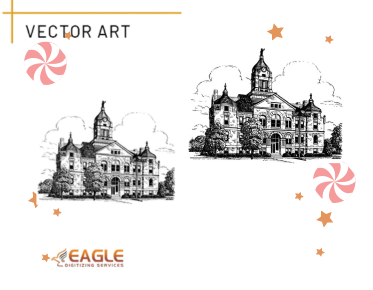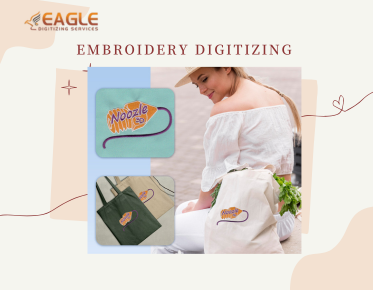Mastering the Yudu Screen Printing Machine: A Comprehensive Guide
html
The Yudu screen printing machine is a versatile tool that has revolutionized the way enthusiasts and professionals approach screen printing. Whether you're a beginner or an experienced printer, understanding how to effectively use this machine can significantly enhance your creative projects. In this guide, we will explore the step-by-step process of using a Yudu screen printing machine, along with tips and tricks to optimize your printing experience. Let's dive into the world of screen printing and unlock the potential of the Yudu machine. For those interested in expanding their skills, exploring vector images can provide additional creative avenues.
Understanding the Basics of Screen Printing
Screen printing, also known as silkscreen printing, is a technique that involves transferring ink onto a substrate, except in areas made impermeable to the ink by a blocking stencil. This method is widely used for creating vibrant designs on textiles, paper, and other materials. The Yudu screen printing machine simplifies this process by integrating several steps into a single device, making it accessible for home use and small businesses.
Components of the Yudu Screen Printing Machine
The Yudu machine consists of several key components that work together to facilitate the screen printing process. These include the exposure unit, screen frame, squeegee, and ink tray. Understanding the function of each component is crucial for achieving optimal results.
Setting Up Your Yudu Machine
Before you begin printing, it's essential to set up your Yudu machine correctly. Start by assembling the screen frame and attaching the mesh. Ensure that the mesh is taut and free of wrinkles, as this will affect the quality of your print. Next, prepare your design by creating a stencil. This can be done using Yudu's emulsion sheets or by creating a digital design and printing it onto transparency film.
Preparing the Screen
Once your stencil is ready, it's time to prepare the screen. Apply a thin layer of emulsion to the screen and allow it to dry in a dark, dust-free environment. Once dry, place your stencil on the screen and expose it to light using the Yudu exposure unit. This process hardens the emulsion, leaving a clear area where your design will be printed.
Printing with the Yudu Machine
With your screen prepared, you're ready to start printing. Place your substrate on the printing platform and secure it in place. Position the screen over the substrate and apply a generous amount of ink to the top of the screen. Using the squeegee, pull the ink across the screen in a smooth, even motion. This transfers the ink through the open areas of the stencil onto your substrate.
Tips for Achieving the Best Results
To ensure the best possible print quality, consider the following tips:
- Use high-quality inks that are compatible with your substrate.
- Maintain consistent pressure and speed when using the squeegee.
- Experiment with different mesh counts to achieve varying levels of detail.
- Practice on scrap material before printing on your final substrate.
Cleaning and Maintenance
Proper maintenance of your Yudu machine is essential for prolonging its lifespan and ensuring consistent print quality. After each use, thoroughly clean the screen, squeegee, and ink tray to prevent ink buildup. Store the machine in a dry, dust-free environment to protect its components.
Exploring Advanced Techniques
Once you're comfortable with the basics, consider exploring advanced screen printing techniques. These may include multi-color printing, gradient effects, and using specialty inks. The Yudu machine is versatile enough to accommodate a wide range of creative possibilities.
Conclusion: The Future of Screen Printing
As technology continues to evolve, the screen printing industry is poised for exciting advancements. Innovations in digital design and printing technology are making it easier than ever to create intricate, high-quality prints. For those looking to expand their capabilities, exploring vector graphics and other digital tools can open up new creative avenues. Eagle Digitizing excels in delivering professional vector art services, transforming creative visions into scalable designs. As you continue your screen printing journey, consider how these tools and techniques can enhance your projects and inspire new ideas.



